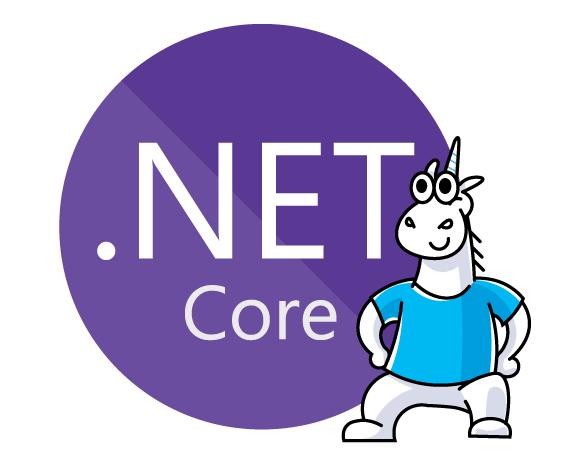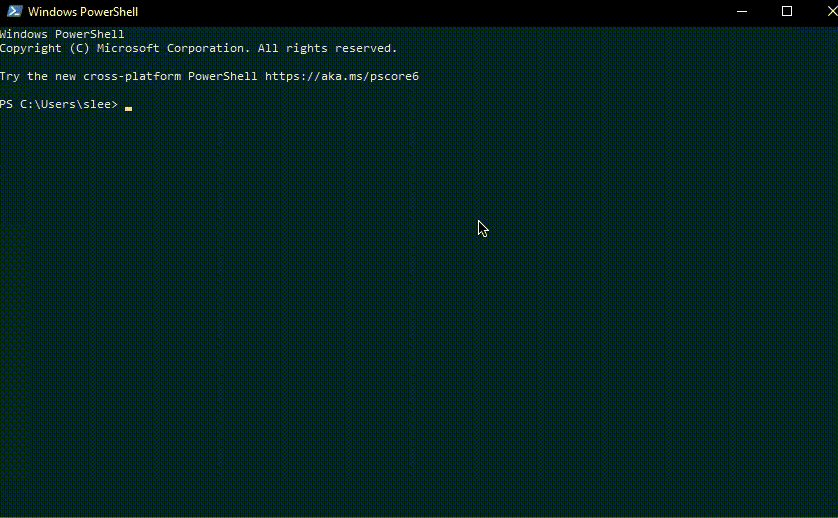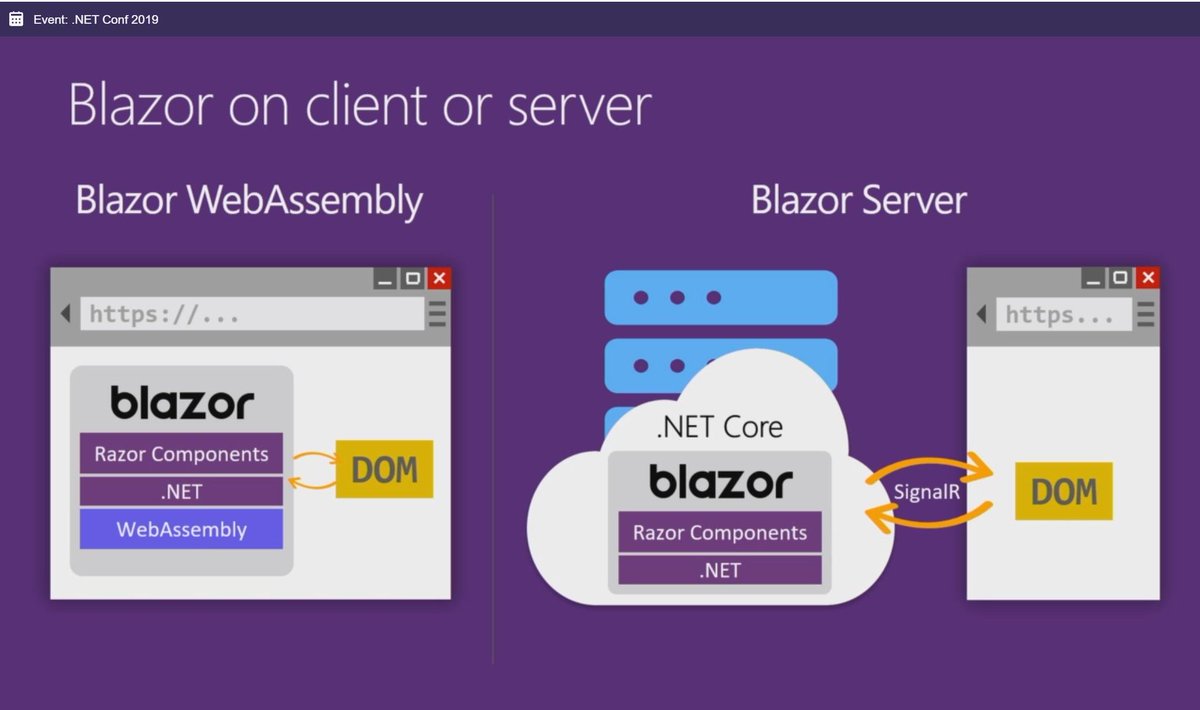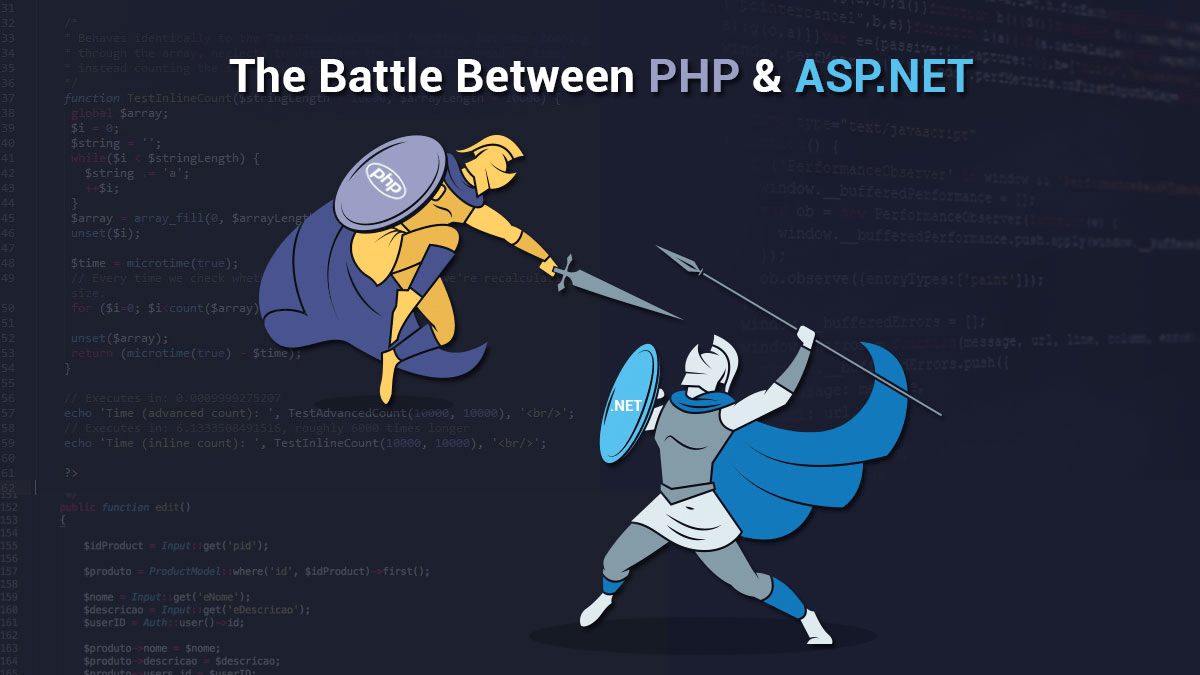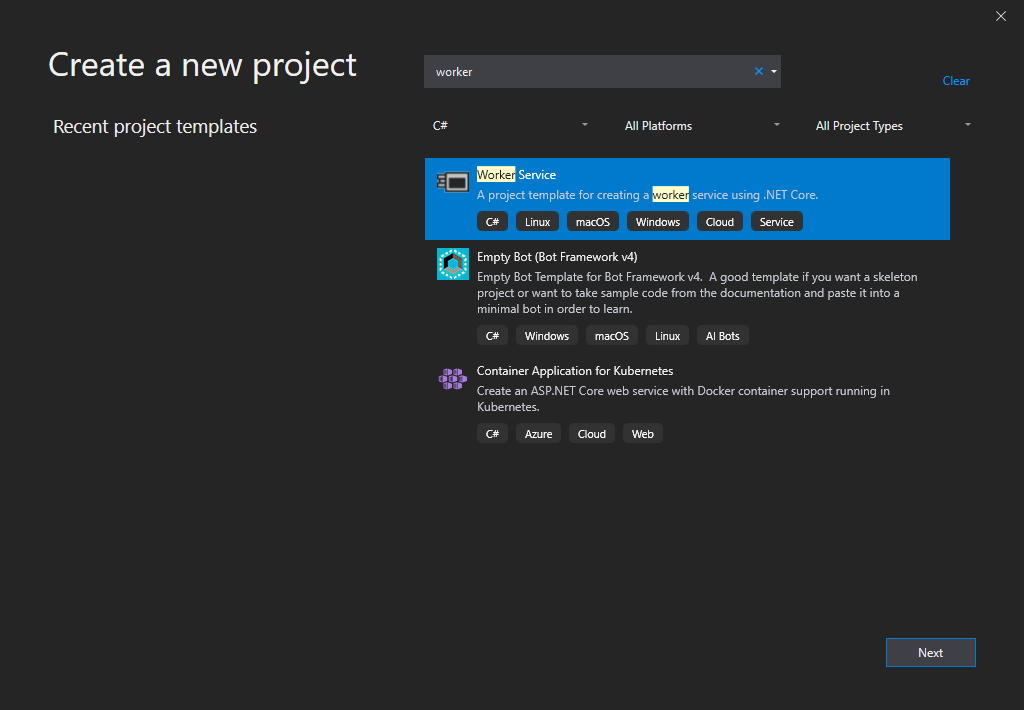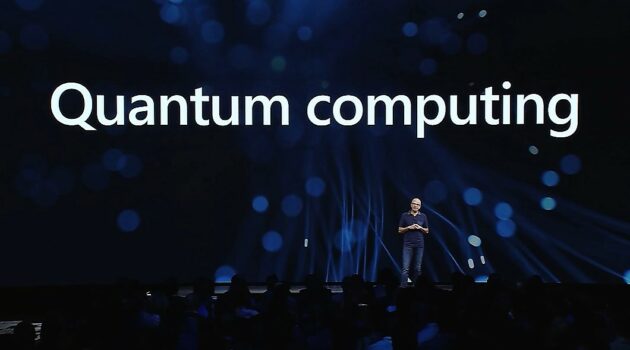Continuous integration and deployment for desktop apps with GitHub Actions
2 min
From speaking to desktop developers, we’ve heard that you want to learn how to quickly set up continuous integration and continuous deployment (CI/CD) workflows for your WPF and Windows Forms applications in order to take advantage of the many benefits CI/CD pipelines have to offer, such as:
That’s why we created a sample application in GitHub to showcase DevOps for your applications using the recently released GitHub Actions.
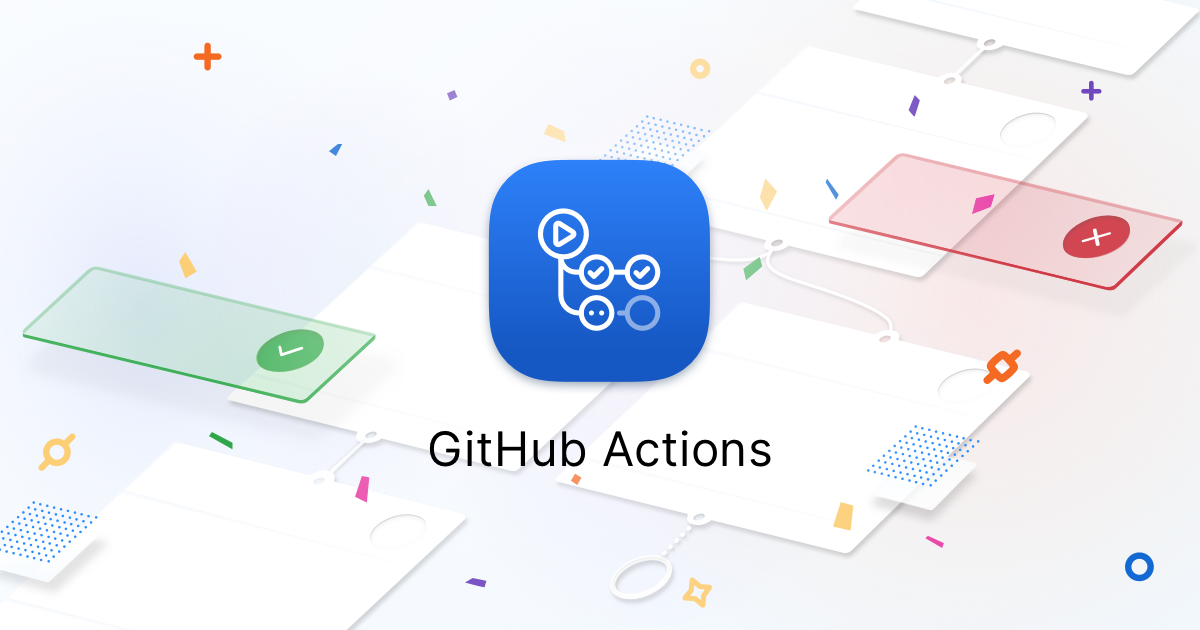
- Catch bugs early in the development cycle
- Improve software quality and reliability
- Ensure consistent quality of builds
- Deploy new features quickly and safely, improving release cadence
- Fix issues quickly in production by rolling forward new deployments
That’s why we created a sample application in GitHub to showcase DevOps for your applications using the recently released GitHub Actions.


